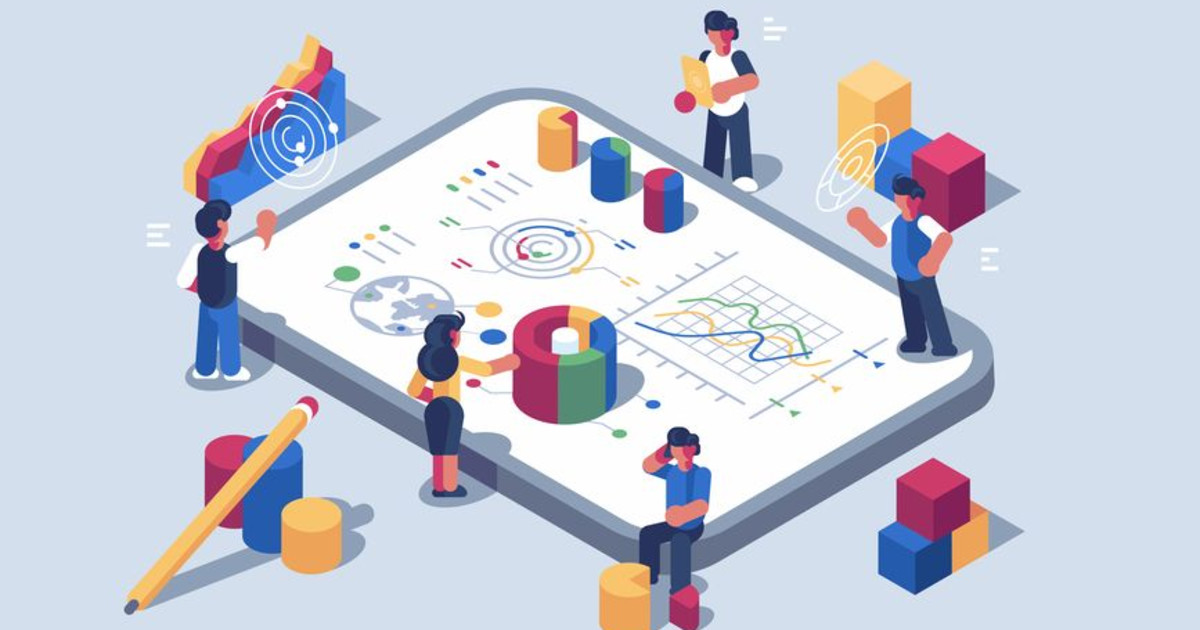Data Analytics
Data analysts exist at the intersection of information technology, statistics and business.
They combine these fields in order to help businesses and organizations succeed. The primary
goal of a data analyst is to increase efficiency and improve performance by discovering
patterns in data.
BUSINESS INTELLIGENCE TOOLS:- BI tools are one of the most represented
means of performing data analysis. Specializing in business analytics, these tools will
prove to be beneficial for every data analyst that needs to analyze, monitor, and report on
important findings. Features such as self-service, predictive analytics, and advanced SQL
modes make these solutions easily adjustable to every level of knowledge, without the need
for heavy IT involvement.
KEY FEATURES:
- Visual drag-and-drop interface to build SQL queries automatically, with the option to
switch
to, advanced (manual) SQL mode
- Powerful predictive analytics features, interactive charts and dashboards, and
automated
reporting
- AI-powered alarms that are triggered as soon as an anomaly occurs or a goal is met
STATISTICAL ANALYSIS TOOLS :-Referring to computation techniques that often
contain a variety of statistical techniques to manipulate, explore, and generate insights, there
exist multiple programming languages to make (data) scientists’ work easier and more effective.
With the expansion of various languages that are today present on the market, science has its
own set of rules and scenarios that need special attention when it comes to statistical data
analysis and modeling.
KEY FEATURES:
- An ecosystem of more than 10 000 packages and extensions for distinct types of data
analysis
- Statistical analysis, modeling, and hypothesis testing
- Active and communicative community of researchers, statisticians, and scientists
GENERAL-PURPOSE PROGRAMMING LANGUAGES :-We have explained R and statistical
programming, now we will focus on general ones that use letters, numbers, and symbols to create
programs and require formal syntax used by programmers. Often, they’re also called text-based
programs because you need to write software that will ultimately solve a problem. Examples
include C#, Java, PHP, Ruby, Julia, and Python, among many others on the market. Here we will
present Python as one of the best tools for data analysts that have coding knowledge as well.
KEY FEATURES:
- An open-source solution that has simple coding processes and syntax so it’s fairly easy
to learn
- Integration with other languages such as C/C++, Java, PHP, C#, etc.
- Advanced analysis processes through machine learning and text mining






